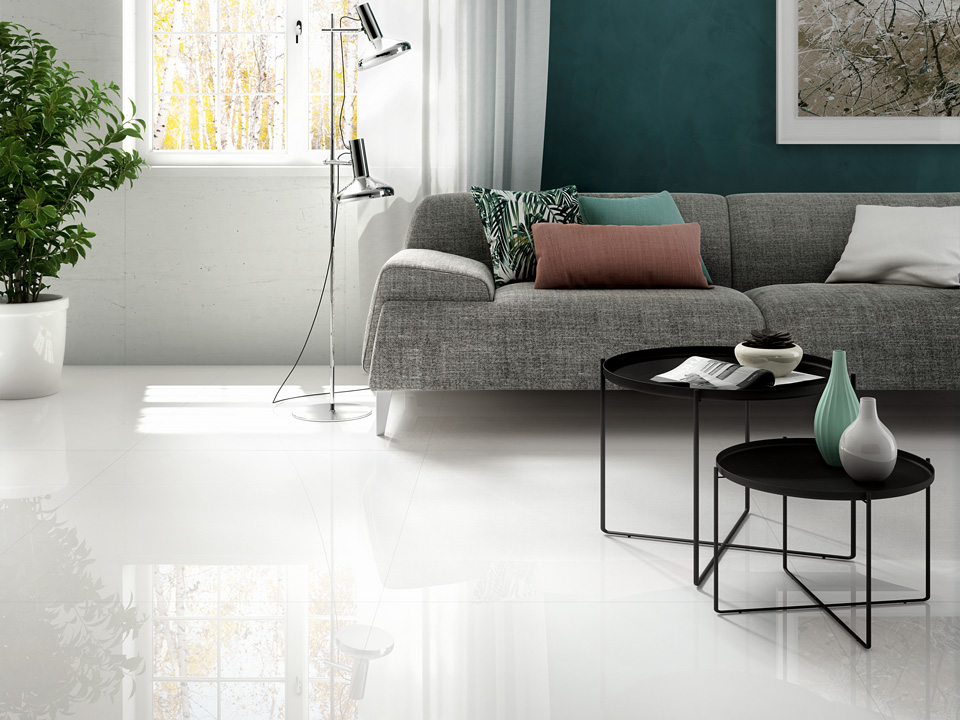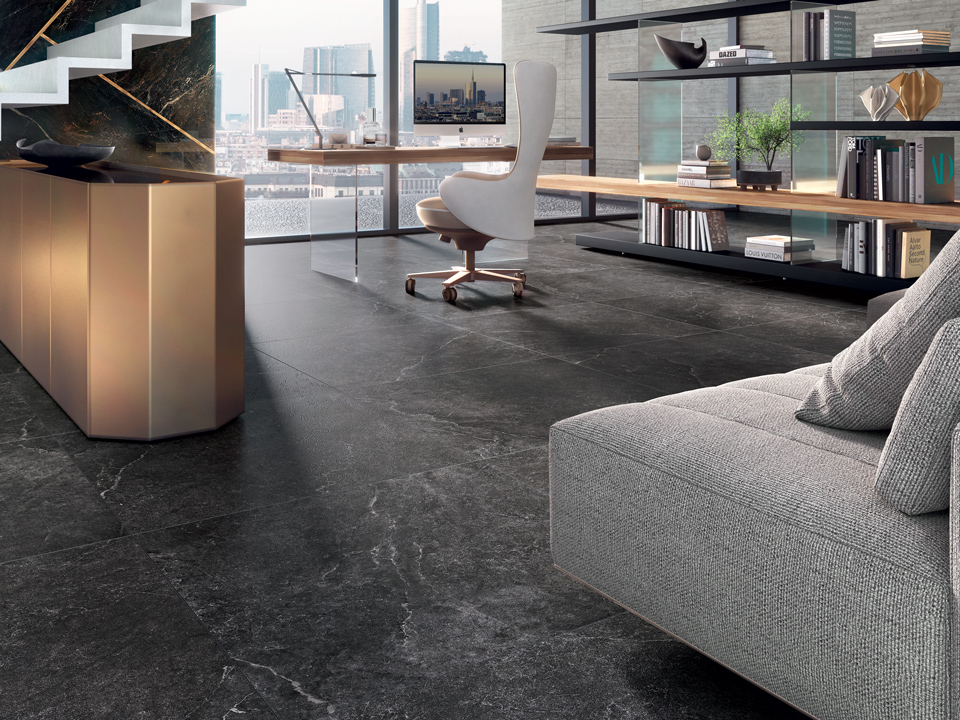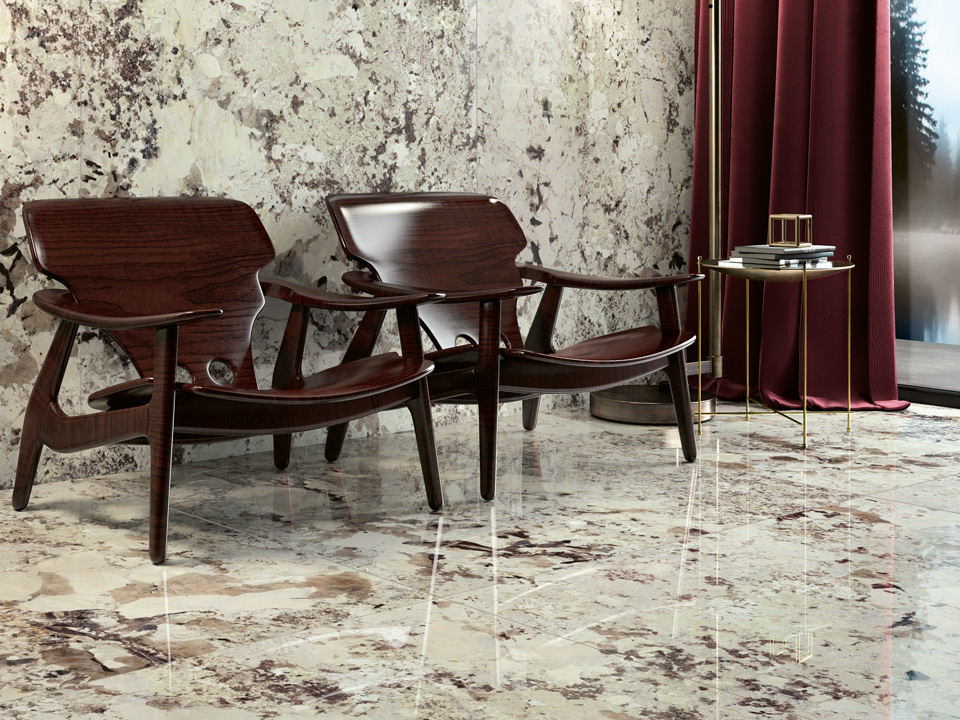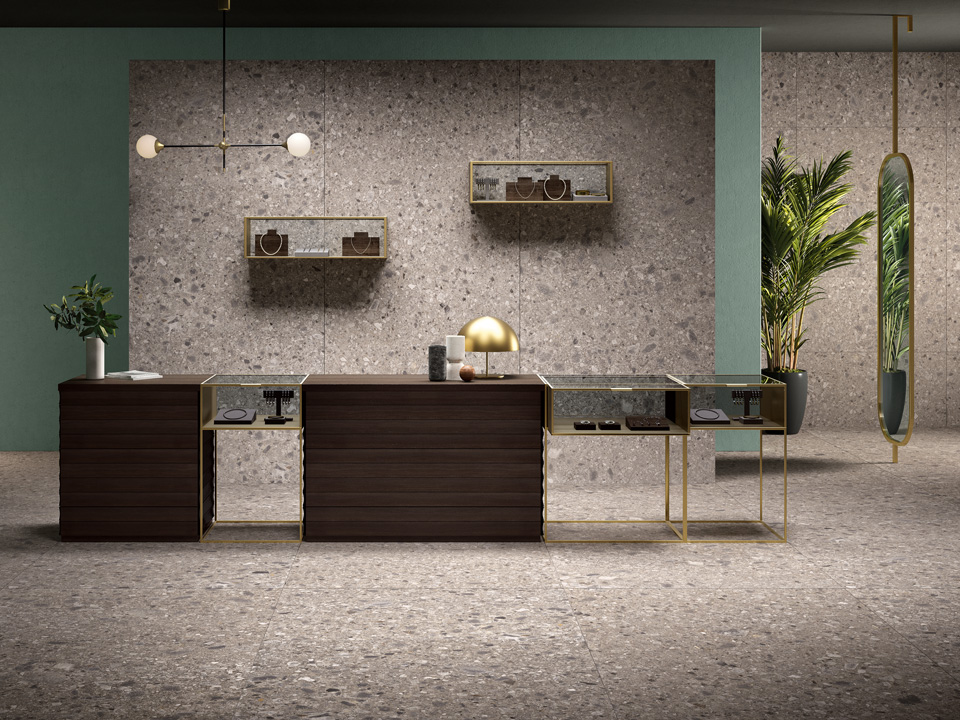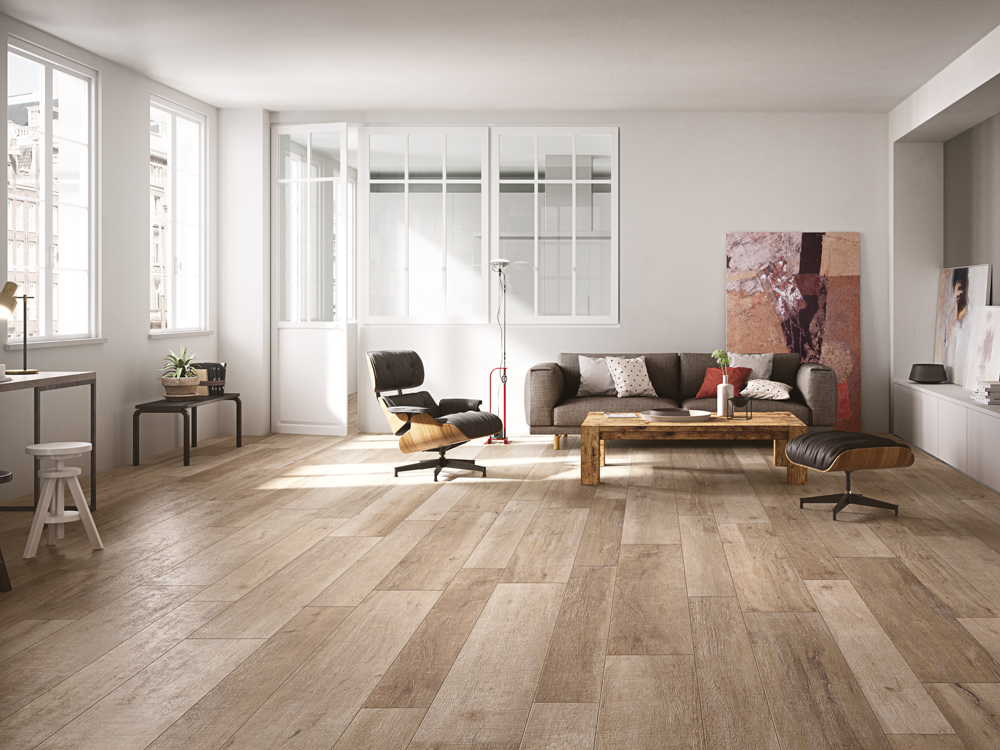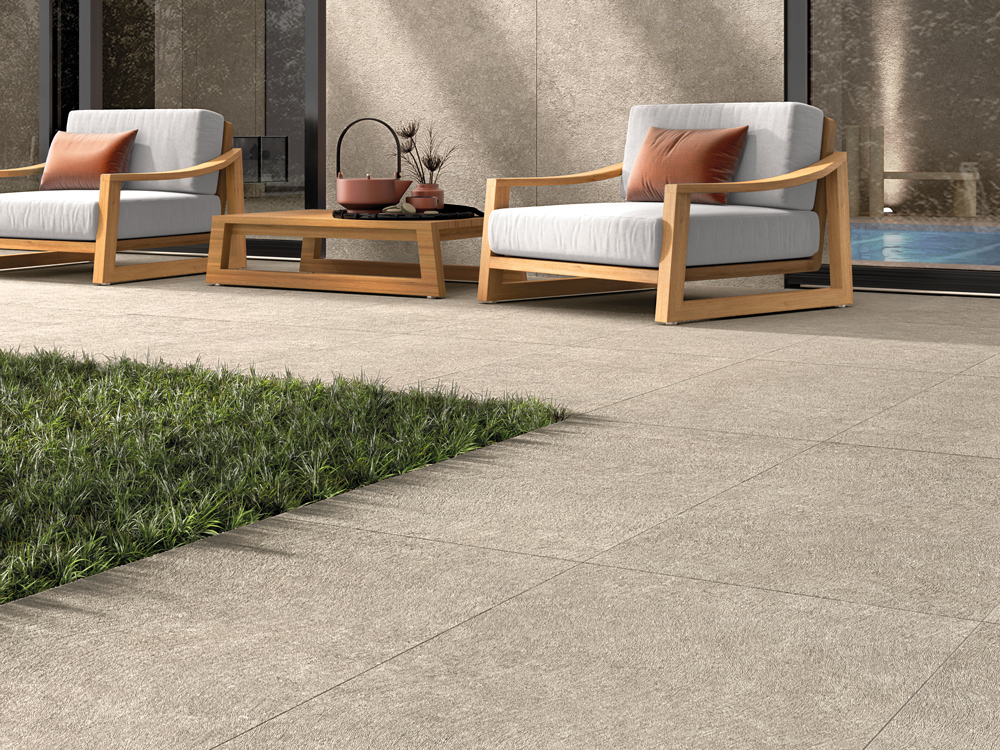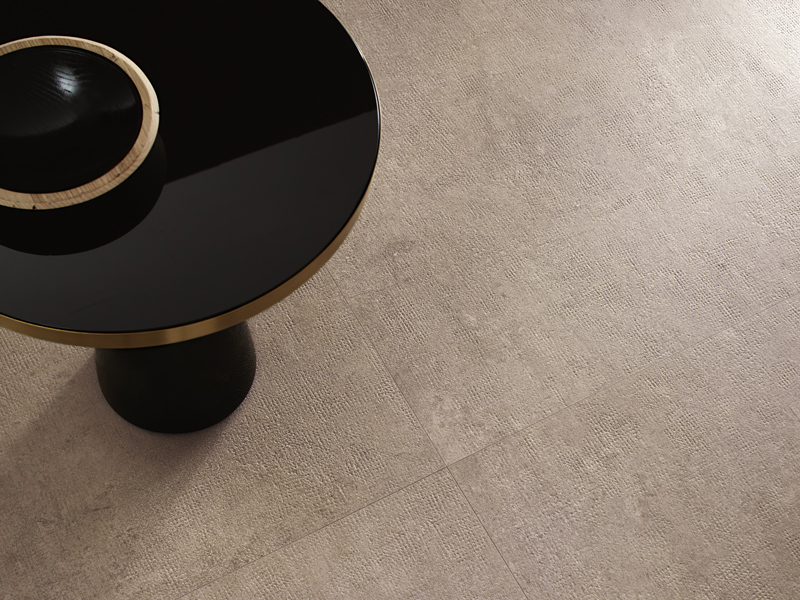Modern floors without joints attract the interest of many, but it is not always really possible to achieve them without at least a minimal joint. It depends on the chosen material, and let's clarify immediately, porcelain stoneware is not among those that can be laid without a joint. More generally, every floor requires a minimum standard joint to be respected for safety reasons. However, even with porcelain stoneware, it is possible to create an aesthetic continuity effect that makes the floor appear joint-free. Let's see how.
“Can we lay tiles without a joint?” It is one of the questions that designers, architects, and specialised retailers often hear. The request arises when, for one's living room, one imagines the charm of a floor with an aesthetic continuity effect, for example, a wood effect stoneware without a joint. The answer is simple and, unfortunately, categorical: “No, it’s not possible.” There are other materials for which this is possible, but porcelain tiles, which still have many other advantages, do not allow it.
us


